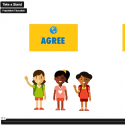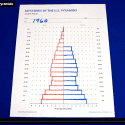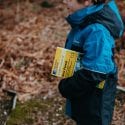
This dynamic lesson begins with a “four corners” discussion strategy, where students respond to thought-provoking statements about...

In this social studies, students construct and analyze population pyramids (age-sex distribution charts) to explore changing U.S....
PopEd Impact
campuses
"The activities not only bring out important content, but they also provide real-world context for environmental, population and sustainability issues. They engage participants in very thought-provoking and critical-thinking discussions.”
Helen de la Maza, Environmental Educator, Irvine, CA






